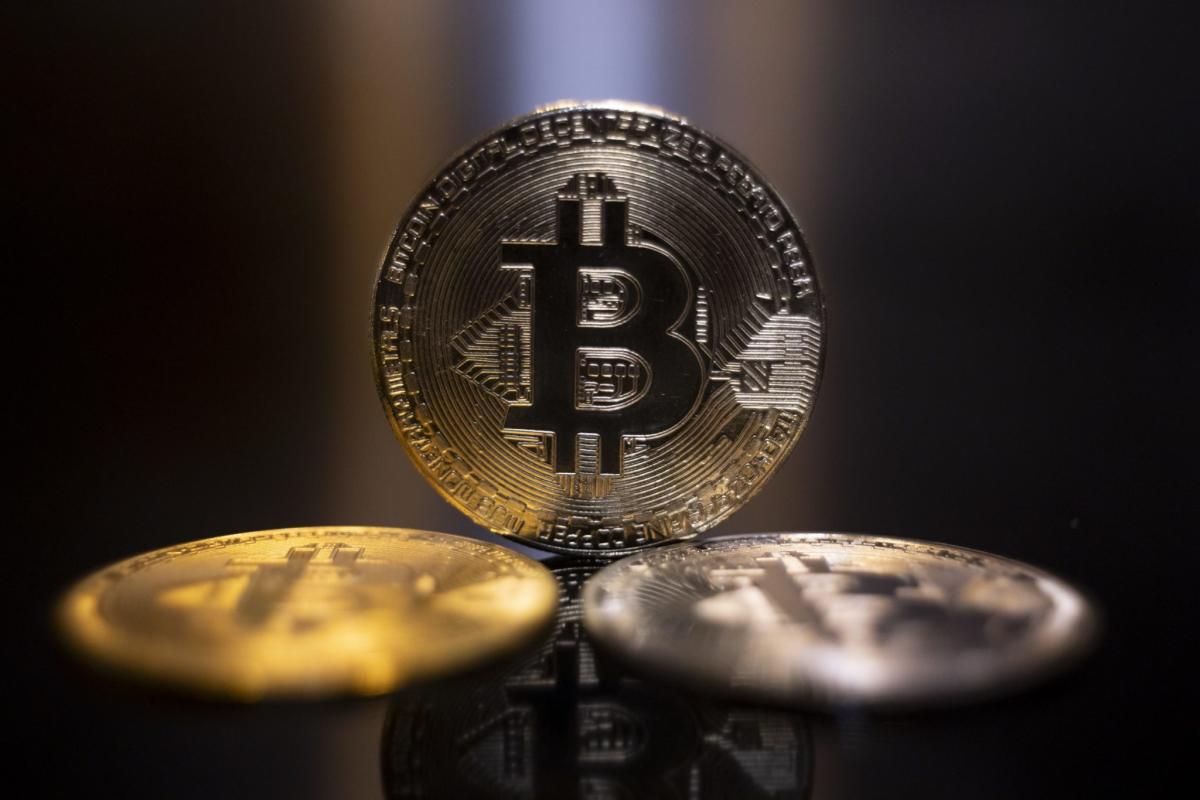
The dust has settled after Bitcoin’s much-anticipated fourth block reward halving, but instead of the explosive price surge some predicted, the world’s most famous cryptocurrency is currently hovering around $63,700. This is a far cry from the pre-halving highs that flirted with $74,000.
Halving is a programmed event in Bitcoin’s code that cuts the reward miners receive for verifying transactions in half. In theory, this should decrease supply and drive up demand, pushing the price higher. This certainly happened after the previous halving in May 2020, which saw Bitcoin soar from around $9,500 to a peak of over $65,000 within a year.
However, the current market situation is quite different. Bitcoin has already experienced a significant rally in 2023, fueled by the long-awaited approval of spot Bitcoin ETFs in the US. this surge might have already priced in the impact of the halving, leaving less room for a dramatic post-halving jump.
Analysts are divided on what this means for Bitcoin’s future trajectory. some believe this is a temporary pause before another leg up. They point to the fact that the broader economic climate, with rising inflation and geopolitical tensions, could make Bitcoin a more attractive hedge for investors seeking alternatives to traditional assets.
Others are more cautious. they argue that Bitcoin’s recent volatility and the increasing regulatory scrutiny surrounding cryptocurrencies could dampen investor enthusiasm. additionally, the energy consumption required for Bitcoin mining remains a major concern for some environmentally conscious investors.
The days ahead will be crucial in determining Bitcoin’s next move. If it can break above the $65,000 resistance level, it could signal a continuation of the rally. However, a sustained drop below $60,000 could indicate a more bearish sentiment in the market.
One thing is for certain: the post-halving period will be closely watched by investors and enthusiasts alike. It will be a test of Bitcoin’s maturity as an asset class and its ability to weather market fluctuations.
